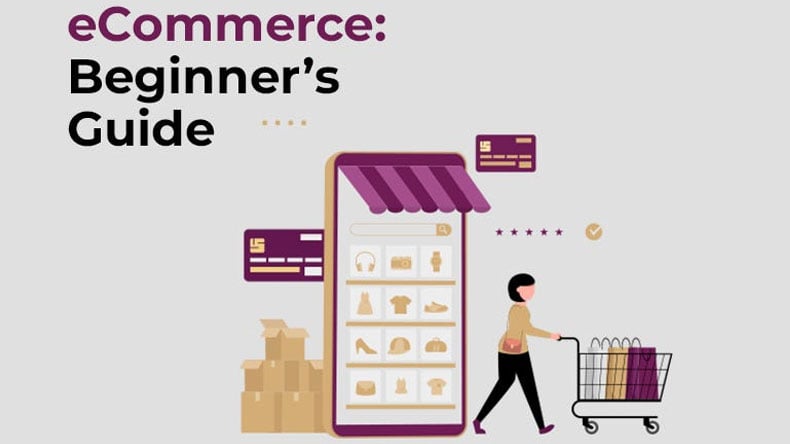
Warehouse Logistics Automation Systems: Why Giants Like Amazon, Zara, and DHL Swear By Them
In today’s hyper-competitive market, warehouse logistics automation systems have become the backbone of industries ranging from e-commerce and fast-fashion retail to third-party logistics (3PL) and manufacturing. Companies like Amazon, Zara, and DHL leverage these systems to tackle labor shortages, slash costs, and meet skyrocketing consumer demands. Whether you’re a global retailer or a growing SME, automation offers scalable solutions to transform your supply chain.

Here’s why it’s time to embrace the future—and which businesses stand to gain the most.
Key Reasons to Choose Warehouse Automation
1. Dramatically Improve Efficiency
Automation slashes time spent on repetitive tasks like picking, packing, and sorting. For example:
● Robotic picking systems can process 2-3x more orders per hour than manual labor.
● Automated guided vehicles (AGVs) reduce travel time by 50%, speeding up internal logistics.
2. Reduce Operational Costs
While initial investments vary, automation delivers long-term savings:
● Labor costs: Reduce reliance on seasonal workers and overtime pay.
● Error reduction: Automated systems cut mis-picks and shipping errors by up to 99%, minimizing returns and losses.
● Space optimization: Vertical AS/RS (Automated Storage and Retrieval Systems) increase storage capacity by 300-400%.
3. Enhance Scalability
Automation adapts to fluctuating demands without massive hiring or training:
● Peak season readiness: Handle Black Friday or holiday surges effortlessly.
● Global expansion: Replicate workflows across multiple warehouses with standardized systems.
4. Future-Proof Your Business
● Data-driven insights: AI-powered analytics predict demand, optimize stock levels, and prevent shortages.
● Sustainability: Automated systems reduce energy waste and carbon footprints (e.g., smart lighting, efficient routing).
Which Companies Should Adopt Warehouse Automation?
Automation suits businesses facing specific challenges or growth opportunities:
1. E-commerce and Retailers
● Why: High order volumes, SKU diversity, and customer expectations for fast shipping (e.g., Amazon’s 1-day delivery).
● Recommended systems:
✔ Autonomous mobile robots (AMRs) for order picking (e.g., Locus Robotics).
✔ Automated packaging machines to standardize parcel sizes.
2. Third-Party Logistics (3PL) Providers
● Why: Need to serve multiple clients with varying inventory and compliance requirements.
● Recommended systems:
✔ Cloud-based WMS for real-time client reporting.
✔ Sortation systems to manage cross-docking and multi-client orders.
3. Manufacturing and Cold Chain
● Why: Precision in handling raw materials, perishables, or hazardous goods.
● Recommended systems:
✔ AGVs with temperature control for cold storage (e.g., AutoStore).
✔ IoT sensors to monitor product conditions in real time.
4. SMEs with Growth Ambitions
● Why: Compete with larger players without proportional cost increases.
● Recommended systems:
✔ Modular AMRs (e.g., Fetch Robotics) for scalable, pay-as-you-go models.
✔ Pick-to-light systems to improve accuracy affordably.
5. Businesses Struggling with Labor Shortages
● Why: Automation fills gaps in repetitive or physically demanding roles.
● Recommended systems:
✔ Collaborative robots (cobots) that work alongside humans (e.g., Universal Robots).
✔ Voice-directed picking to streamline workflows.
Common Concerns About Automation
1. “Is Automation Too Expensive for My Business?”
● Reality: Costs vary widely. Small businesses can start with modular solutions like automated guided vehicles (AGVs) or pick-to-light systems (10,000–10,000–50,000). Large enterprises might invest in full-scale autonomous mobile robots (AMRs) or automated storage and retrieval systems (AS/RS) ($500,000+).
● ROI: Most companies recoup costs within 2–3 years via labor savings and efficiency gains.
2. “Will Automation Disrupt Existing Operations?”
● Phased Implementation: Start with pilot zones (e.g., packing stations) before full rollout.
● Compatibility: Modern systems integrate with popular warehouse management software (WMS) like SAP or Oracle.
3. “What If the System Fails?”
● Redundancy: Leading providers offer 24/7 support and backup protocols.
● Hybrid Models: Combine automation with manual processes for critical workflows.
Case Studies: Success Stories
Amazon
Deployed 500,000+ Kiva robots, cutting operating costs by 20% and boosting inventory turnover by 25%.
Zara
Uses AS/RS to manage fast-fashion inventory, reducing restocking time by 70%.
DHL
Integrated AI-powered predictive analytics to optimize delivery routes, saving $1.5M annually.
Overcoming Common Barriers
● High upfront costs: Start with modular solutions or leasing models.
● Integration fears: Choose vendors offering API compatibility (e.g., Honeywell, Dematic).
● Employee resistance: Upskill workers to manage and maintain automated systems.
Conclusion
Warehouse logistics automation systems are transformative for businesses prioritizing speed, accuracy, and scalability. While the initial investment may seem daunting, the long-term benefits—cost savings, error reduction, and scalability—make automation indispensable. E-commerce retailers, 3PL providers, manufacturers, and SMEs alike can tailor solutions to their needs, ensuring they stay competitive in a rapidly evolving market.
Is Automation Right for You?
● High-growth companies: Automate early to scale seamlessly.
● Labor-intensive industries: Reduce dependency on manual workflows.
● Businesses with complex inventory: Enhance precision and traceability.
By embracing automation, your warehouse can evolve from a cost center to a strategic asset, driving customer satisfaction and operational excellence.






